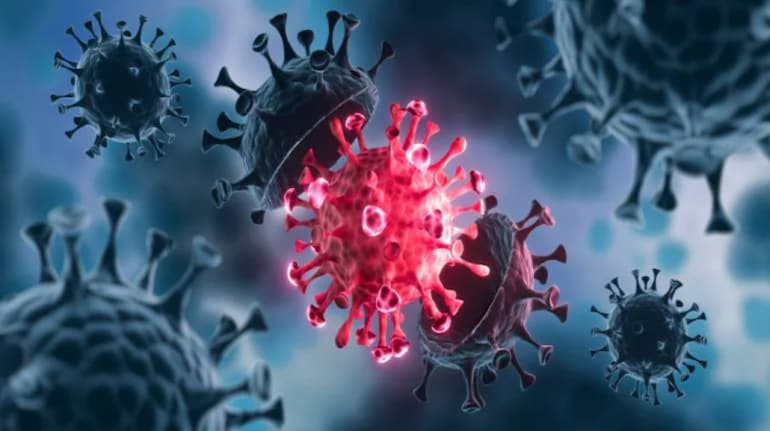Infection
Covid-19: Highly mutated BA.2.86 variant raises concerns across the world
The lineage was initially detected in Denmark last month
With Canada identifying its first case of coronavirus infection involving the highly mutated BA.2.86 variant of Omicron in an individual in British Columbia, a fresh concern has emerged worldwide.
The lineage was initially detected in Denmark last month. It boasts of over 35 mutations in significant portions of the virus when compared to the XBB.1.5 variant, which had been the predominant strain throughout most of 2023. The United States, Switzerland, and Israel have also reported cases of this new variant.
A report by Hindustan Times quoted coronavirologist Pavithra Venkatagopalan saying that BA.2.86 or Pirola variant seems to have as many changes as Omicron had from Delta variant.
How dangerous is the Pirola variant?
According to the US Centers for Disease Control and Prevention (CDC), the BA.2.86 variant might possess a greater capability to cause infections in individuals who had previous Covid infections or had received preventive vaccines. According to a Reuters report, this offshoot of the Omicron variant carries over 35 mutations in critical parts of the virus when compared to XBB.1.5, which was the dominant variant for most of 2023. This mutation count is roughly similar to the Omicron variant, known for causing a significant increase in infections compared to its predecessors.
“We don’t know the severity of this strain because worldwide we have received just 9 samples. This does not mean that there are only 9 cases. This simply means that of all the Covid virus cases that were tested for the genetic sequence, 9 have been identified in different parts of the world suggesting it’s prevalent worldwide,” Venkatagopalan told Hindustan Times.
Common symptoms
According to a DNA India report, the predominant symptom associated with the BA.2.86 variant is fever. Other reported symptoms include coughing, fatigue, headaches, body aches, loss of appetite, and breathing difficulties. The severity of these symptoms varies from mild to severe, contingent on the individual. They can resemble those of a common cold or flu-like illness, but in some cases, they can be more severe, necessitating hospitalisation or medical intervention.
Preventive measures
Effective preventive measures primarily revolve around adhering to proper hygiene practices and social distancing guidelines. Key recommendations include frequent handwashing using soap and water for a minimum of 20 seconds, using a tissue or your elbow to cover coughs and sneezes, refraining from touching your face, and self-isolating when experiencing illness. Moreover, wearing face masks in public spaces and maintaining a distance of at least six feet from others are strongly advised, according to doctors.
Should India be worried?
Dr Vipin M Vashishtha, member, WHO’s Vaccine Safety Net, told The Times of India that the current number of active or new Covid cases in India did not point to a surge.
“If BA.2.86 enters India, the population’s past immunity from vaccination or infection may not provide full protection as close to 17 or more mutations in this subvariant are absolutely new.” Meanwhile, according to DNA India, vaccine manufacturers have been updating their jabs as the virus is evolving. This, however, does not indicate that the previously administered vaccines are ineffective.

